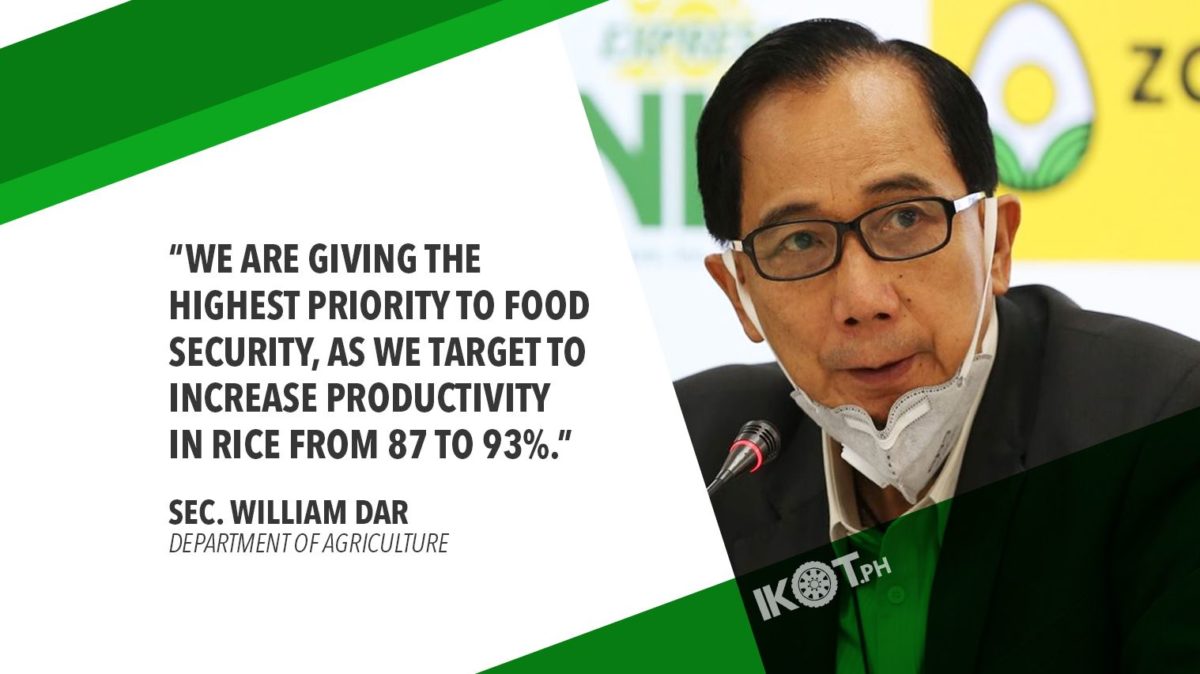To improve quality, prevent post-harvest losses, and increase the production of rice in the Davao Region, the Department of Agriculture (DA) has distributed farm machinery and equipment to various farmers’ cooperatives and associations (FCAs).
Agriculture Secretary William Dar and DA Region 11 Director Ricardo Oñate, Jr. awarded a total of P53.4M-worth of farm machines to 23 FCAs from Davao del Sur, Davao del Norte, Davao de Oro, and Davao Oriental.
The distributed machinery is part of the mechanization component of the Rice Competitiveness Enhancement Fund (RCEF) which was rolled out in line with the enactment of the Rice Tariffication Law.
According to Dar, RCEF aims to provide assistance to rice farmers in improving the quality and volume of their yield so that they may increase their income and compete with counterparts in other rice-producing nations.
“This is just the first tranche.”
“This is just the first tranche as we are still using last year’s budget,” the agriculture chief said adding that the second batch of equipment and machinery will be distributed under the 2020 funding.
“Madagdagan pa po ito this year,” the agriculture head stressed.
RCEF, which has P10-billion funding annually, is focused on four major components: mechanization, seed distribution, skills development, and credit.
“All of the components are aimed at increasing local rice production so that by the end of the season, farmers will earn more and production will stabilize.”
Speaking to the recipients of the awarded machinery, he stressed that all of the components are aimed at increasing local rice production so that by the end of the season, farmers will earn more and production will stabilize.
Thirteen municipalities from the four Davao provinces received the RCEF mechanization assistance composed of 13 four-wheel tractors, 23 hand tractors, 12 transplanters, 1 precision seeder, 32 floating tillers, 1 reaper, and 13 combine harvesters.
“We are giving the highest priority to food security, as we target to increase productivity in rice from 87 to 93 percent,” Dar concluded.

